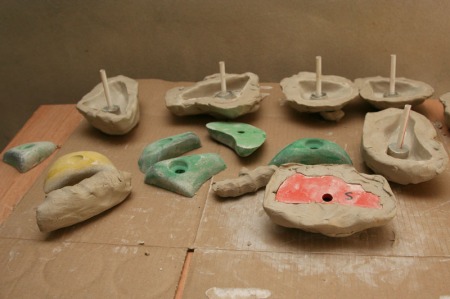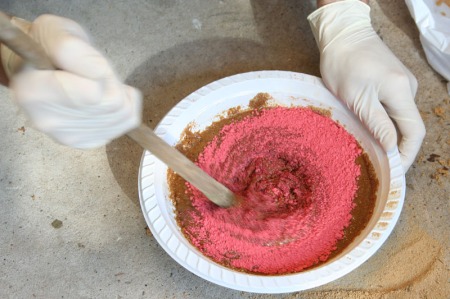I’ve just produced my first dry hopped beer, but what is dry hopping and why do it?
Dry hopping is the addition of hops to fermenting beer after it has cooled. Hops are used in two primary roles – to add bitterness and to add aromatic flavour. Bitterness comes from boiling hops: this converts alpha acid to iso-alpha acid, which we perceive as bitterness. The longer you boil the better the conversion and the more bitterness you get from a given quantity of hops. For this reason bittering hops go in at the beginning of the boil. Hops also contain other compounds which contribute to aroma and flavour. The boiling process drives off these volatile compounds, so boiling is always a trade off between bitterness and aroma. For this reason hops for tasty floral notes go in right at the end of the boil. Using the counter-flow chiller also helps lock in this flavour.
But no matter how late the hops go in there is always a loss. Also the action of fermentation also drives off delicate hoppy notes – the escaping CO2 takes with it hop character. So the solution is dry hopping (well, one of the solutions).
I brewed up an India Pale Ale with a bitterness of 56IBU. I fermented this out until the primary fermentation had ended. I transferred the beer from one fermenter to another, thereby removing the beer from the yeast sediment. I purged the headspace of the new fermenter with CO2 and bunged on a fresh airlock. Standard stuff.
I weighed out 25g of Cascade hops and placed them in a homemade pantyhose hop-sock. To stop the sock from floating I threw a stainless steel teaspoon into it too. I knotted the end and in the fermenter it went.
Hopsock before…
And after…
I left the beer at fermentation temperature (18C) for another 7 days, then turned the fridge down to 7C for another 2 or so. This caused any remaining yeast to floc out and stick to the bottom of the fermenter. Out came the beer and into a keg.
What are the results like? Pretty bloody encouraging! Very aromatic and quite floral. There is very little grassy taste (which I was worried about with using this method). The beer wasn’t fully cold or gassed at the time, so I’m reticent to call the verdict just yet – but I’m pretty pumped about this one!
And, finally, the pantyhose hop-sock did a wonderful job at containing the pellet hops, with no detectable bits of hops making it into the beer.





 Posted by philw4rd
Posted by philw4rd 






